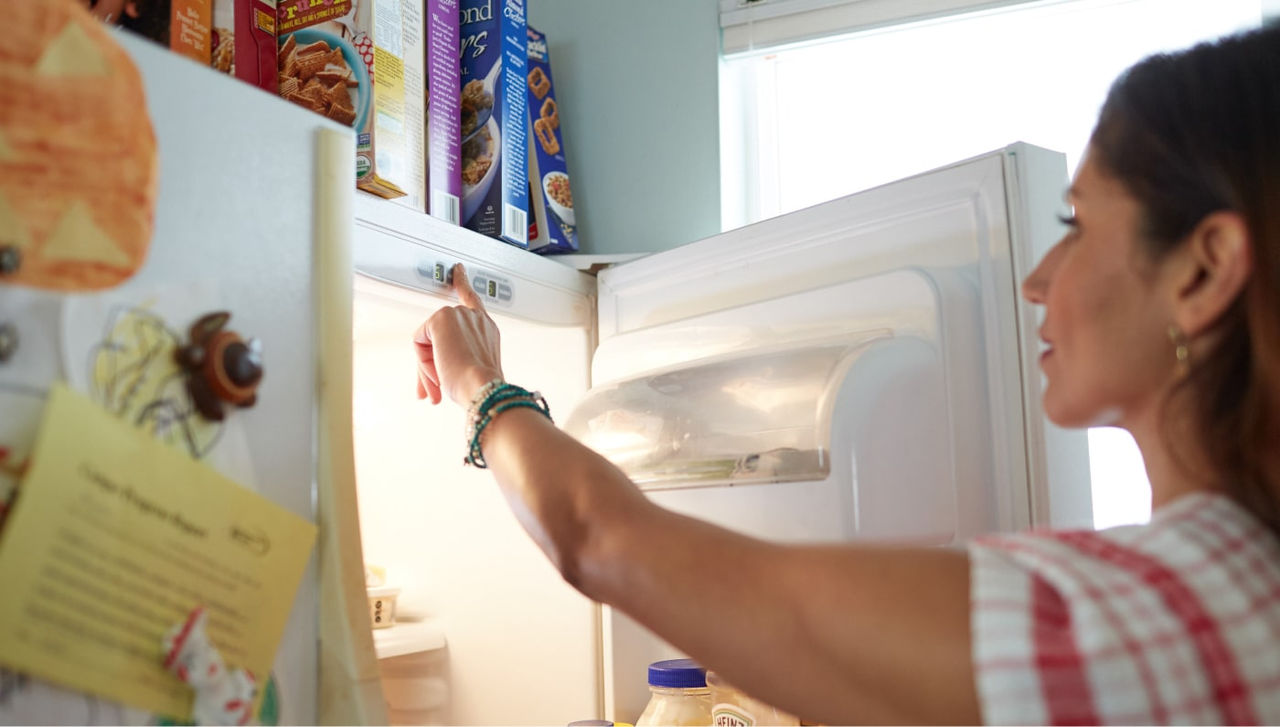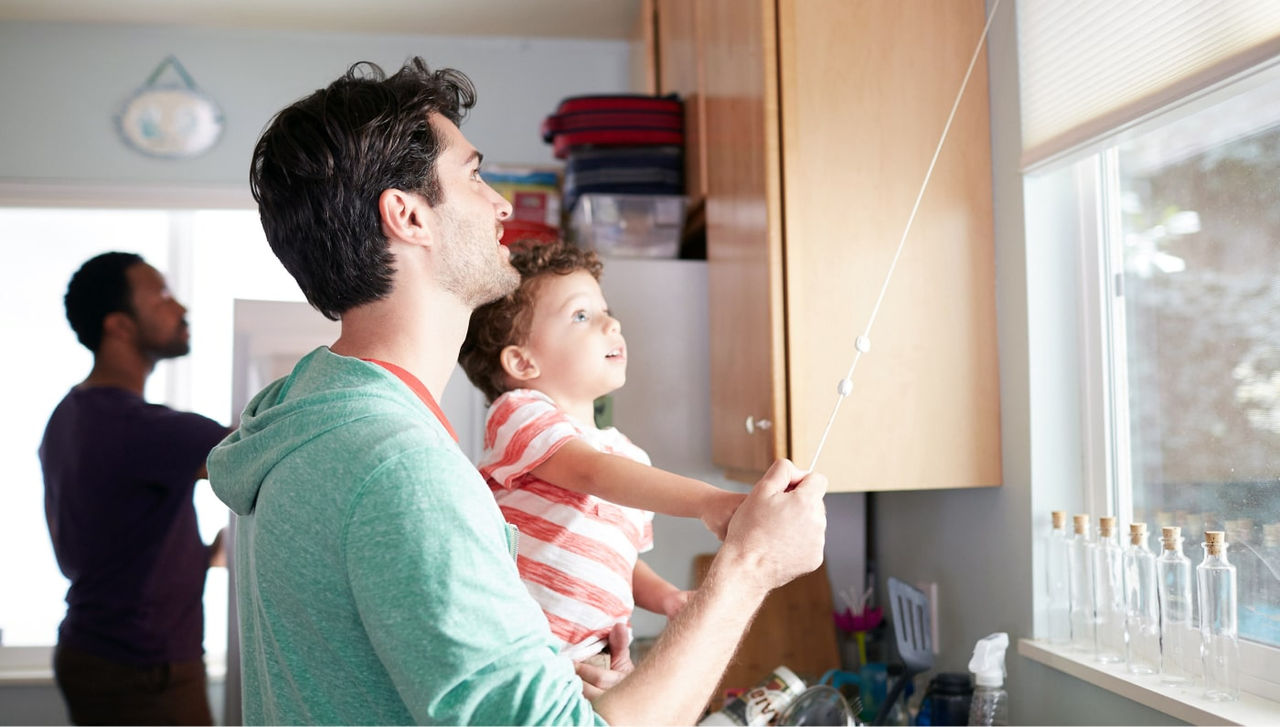©2025 Pacific Gas and Electric Company
IMPORTANT
Understand your energy usage
Learn how to read your energy usage data. Use that data to operate your home or business more efficiently.
Energy-saving tools and tips for homes
Reduce your energy usage and lower your bill. Learn about home energy checkups and energy alerts.
Savings tips for businesses
Learn how to reduce your business' energy usage and lower monthly bills.
Tools to manage energy usage
Benchmark your building
Benchmarking helps you figure out how to lower your building's environmental footprint. It also helps lower your monthly energy costs.
Energy alerts
Don't break your budget. Set the maximum amount you want to spend on energy. If you're using more energy than expected, PG&E will send an energy alert by:
- Text
- Phone
Find rebates and incentives
Explore rebates and incentive programs for your home or business.


